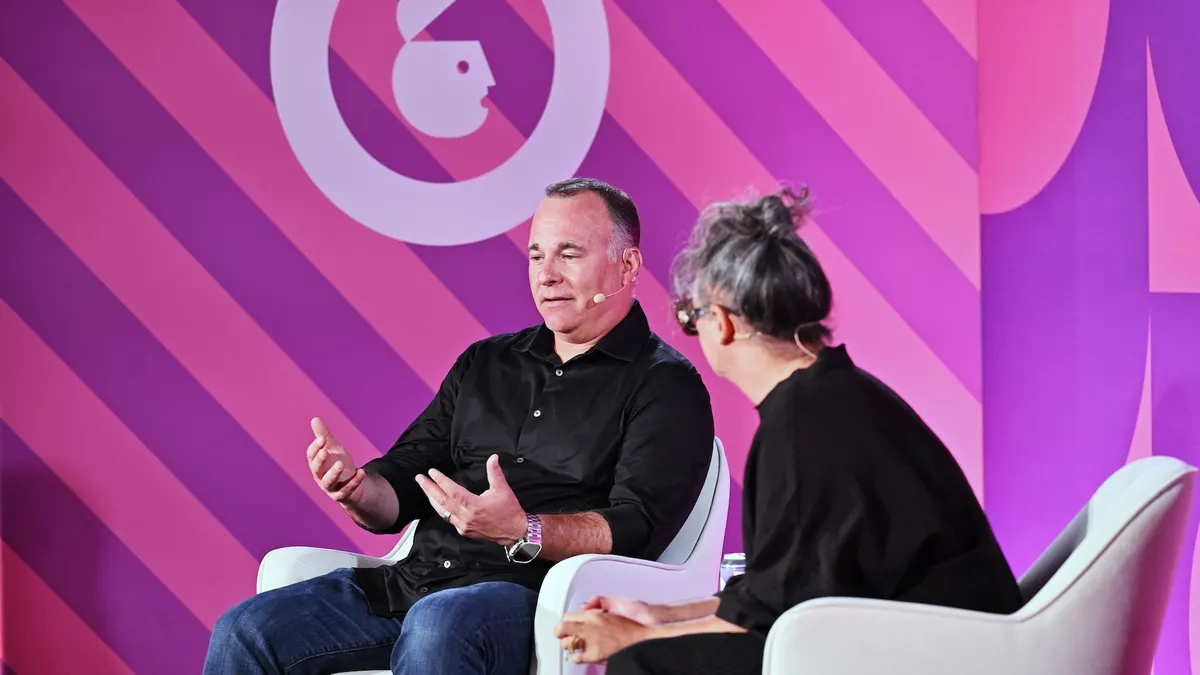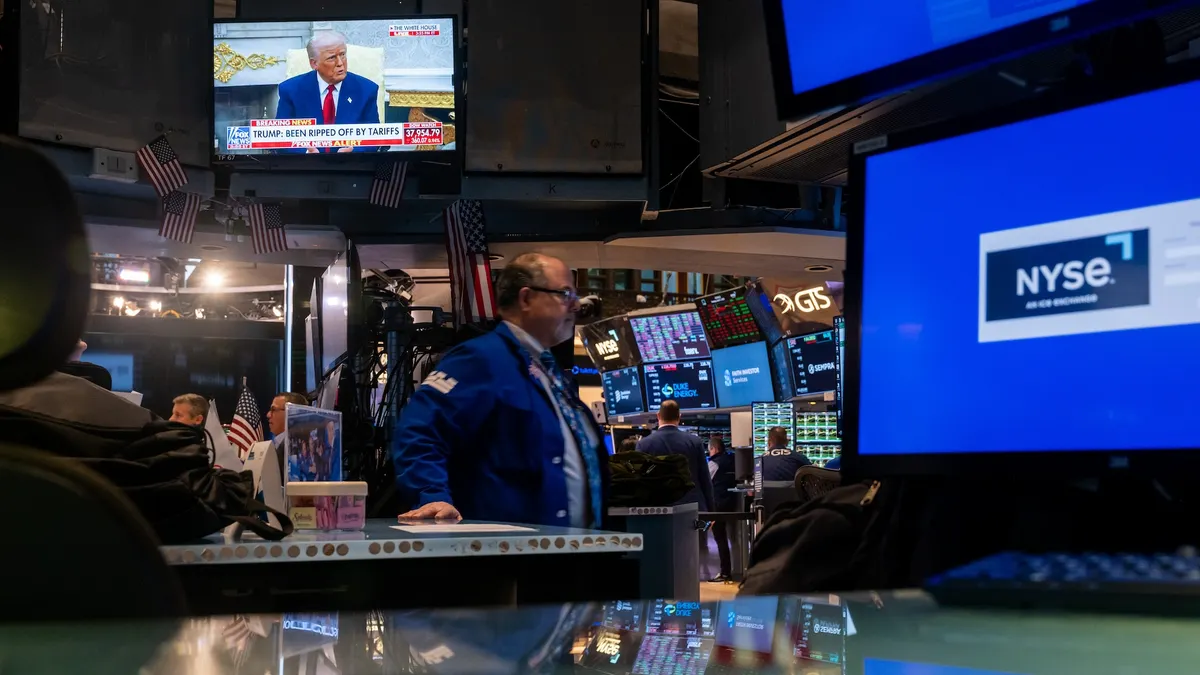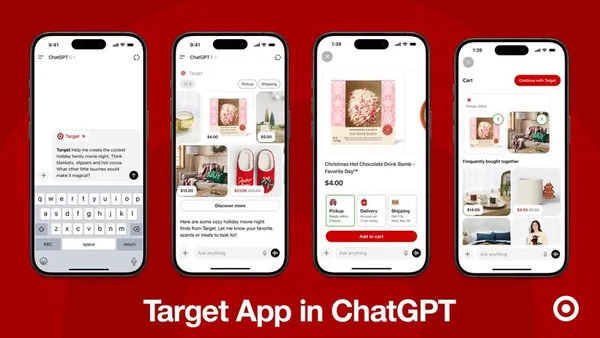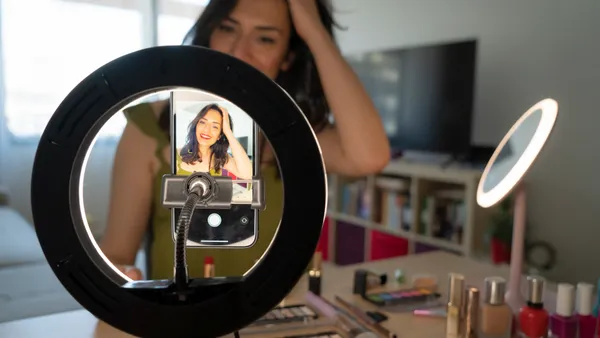Dive Brief:
- Google introduced a feature in its Allo messaging application that transforms selfies into personalized emojis. After snapping a photo of a face, Allo will automatically generate an illustrated version of the smartphone user along with customization options to further personalize the sticker, Google said in a blog post.
- The tech company said its new feature is powered by algorithms that rely on advanced machine learning and neural networks — computer programs that simulate the human brain — that are capable of generating 563 quadrillion different facial combinations.
- Artist Lamar Abrams, designer for the Cartoon Network series Steven Universe, helped to design the emoji illustrations. The feature is now available in Allo for Android and will come to iOS soon, Google said.
Dive Insight:
With emojis broadening and enriching the way humans communicate online, brand marketers need to consider how to incorporate the pictures and symbols into social media and messaging campaigns. The novelty of emojis helps to get noticed on social media, according to analytics provider Quintly. Instagram posts that had an emoji character got 17% more interactions than ones without, the firm found in a study.
Users of messaging apps have been shown to share emojis and stickers, especially of brands they like. Swyft Media, a creator of paid emojis, oversaw a three-day sticker campaign for 1-800-Flowers that spurred 1.7 million shares, nearly 500,000 downloads and 34.2 million impressions. Domino’s Pizza, Synergy Pharmaceuticals and 20th Century Fox are among the companies that have used emoji marketing.
Google is a latecomer to messaging with the 2016 launch of Allo, which faces entrenched competitors like Facebook Messenger, WhatsApp, Instagram and Snapchat that are adding new ways to customize selfies. Instagram, which is owned by Facebook, also has a feature to create a selfie sticker that users can pin to photos or videos. Snapchat users who link their accounts to Bitmoji can create cartoon drawings of themselves to paste into messages, but Google’s Allo offers much more customization, as CNET demonstrates.












